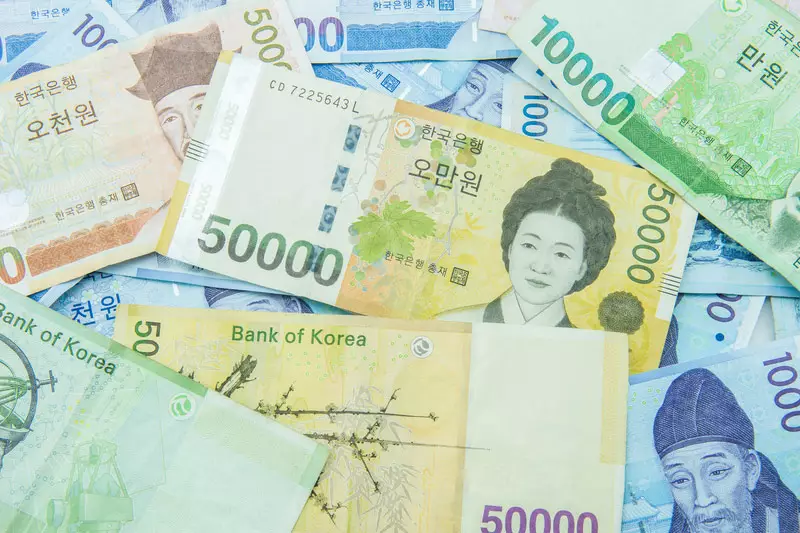The trading atmosphere for Asian currencies has been notably turbulent as of late, primarily triggered by pressing geopolitical dynamics and domestic political crises. As the South Korean won grapples with intensified depreciation, other regional currencies are affected indirectly, further showcasing the fragile state of economic confidence in Asia. With investors closely watching a forthcoming U.S. inflation report, the overall appetite for higher-risk assets has been dampened.
The South Korean won’s plunge can be attributed significantly to escalating political unrest. Recent developments have included a criminal investigation initiated against President Yoon Suk Yeol following his controversial attempt to impose martial law. Public sentiment has shifted rapidly, leading to doubts about Yoon’s stability in office. The USD/KRW exchange rate has surged nearly 1% recently, showcasing the won’s position as one of the weakest-performing currencies in the Asia-Pacific region, with a staggering nearly 10% loss year-to-date. Such depreciation casts a long shadow, indicating that South Korea—a critical player in the East Asian economy—faces not only economic challenges but also profound political instability.
Adding to the uncertainty is the ripple effect of heightened geopolitical tensions in the Middle East, particularly the recent upheaval in Syria. As news emerged of President Bashar al-Assad’s exile following a rebel takeover, market reactions have skewed negative. Coupled with potential Israeli military involvement, traders are increasingly wary. These global tensions further constrain Asian currencies, especially as apprehensions regarding a potential trade war between the U.S. and China loom large, heralded by conflicting policies from the incoming U.S. administration.
In contrast to the dire situation of the South Korean won, other Asian currencies display a more mixed performance. The Taiwan dollar has seen a modest increase against the U.S. dollar, reflecting specific economic resilience. The same can be said for the Singapore dollar, which has also edged higher against its American counterpart. Meanwhile, the Australian dollar remains relatively steady as anticipation builds around the Reserve Bank of Australia’s decision on interest rates. With expectations leaning towards a continuation of current rates, the market is poised for potential shifts should economic conditions worsen.
The Indian rupee recorded a slight uptick following the Reserve Bank of India’s decision to lower bank reserve ratios to inject liquidity into its cooling economy. This highlights a strategic response to domestic economic conditions. Meanwhile, the Japanese yen retains stability amid contrasting opinions on potential interest rate hikes, stemming from conflicted economic growth data.
The Chinese yuan’s minor appreciation is also noteworthy, albeit correlated with a contraction in consumer inflation—factors that suggest persistent economic challenges. Nevertheless, the insights anticipated from China’s Central Economic Work Conference may pave the way for future stimulus measures from its central bank, adding a layer of complexity to the regional currency landscape.
As the week progresses, market participants will keenly await the U.S. consumer price index data, which holds the potential to influence the Federal Reserve’s interest rate strategy. A 25 basis points cut is anticipated, regardless of recent robust employment figures. This potential shift in U.S. monetary policy may reverberate across Asian economies, reflecting the interconnected nature of global markets.
The landscape for Asian currencies is marked by instability fueled by both local and international developments. The South Korean won stands at a precarious crossroads, while broader regional currencies show variable responses to the evolving economic picture. Investors must remain vigilant as they navigate these turbulent waters, looking for indicators that could provide clarity amid uncertainty. As geopolitical tensions and domestic politics simmer, the path forward for Asian currencies remains cautious, necessitating astute market observations and strategic investment decisions.

